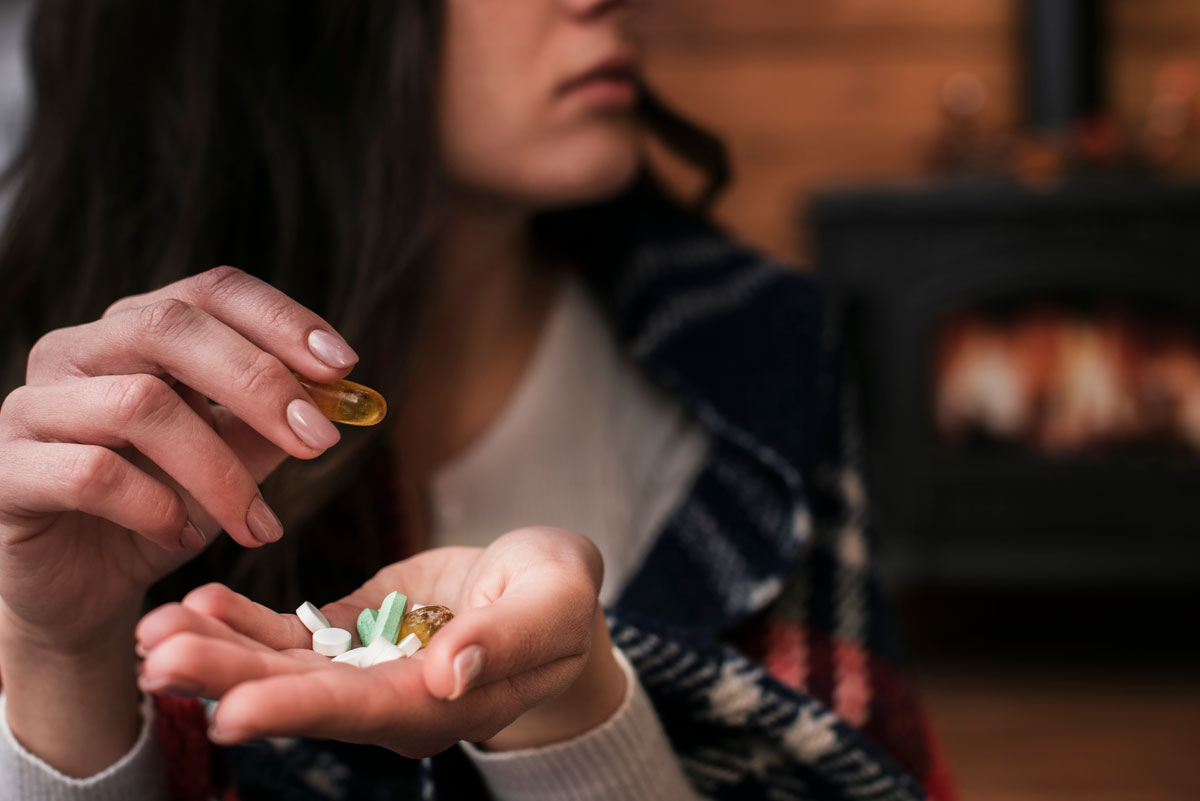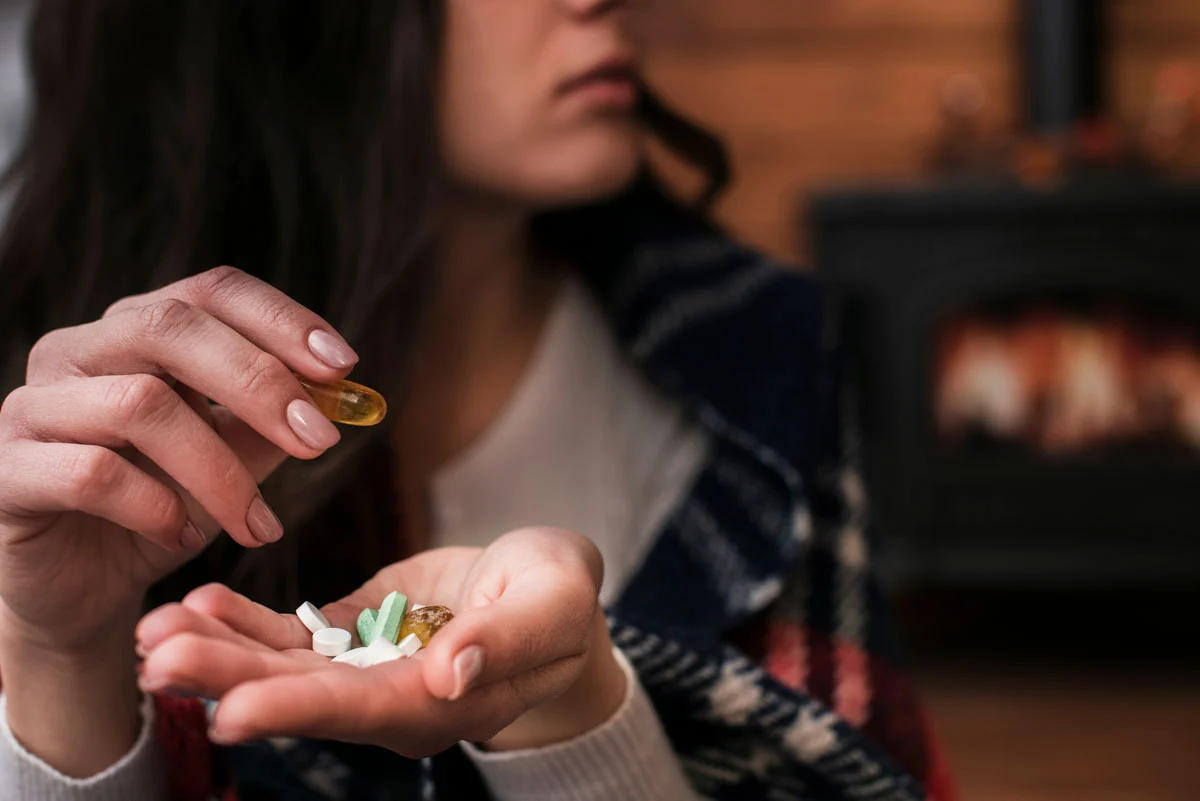
When it comes to addiction treatment, it’s easy to feel unsure about what lies ahead. The good news is, you’re not alone on this journey. Our warm and welcoming community is here to share valuable insights into the different therapies that can be part of your recovery process.
What Is Therapy?
Therapy, in the world of addiction treatment, is like having a helpful friend by your side. It’s a special process where you talk with a trained person who knows a lot about addiction and how to overcome it.
Here’s what therapy is all about:
- A Safe and Private Place: In therapy, you get to share your thoughts and feelings without worrying about anyone judging you. It’s like a secret space just for you.
- Talking with a Pro: The person you talk to is a pro at helping people with addiction. They use what they know to guide you through the ups and downs of recovery.
- Personal Help: No two people are the same, and therapy understands that. It’s all about helping you personally, based on your own needs and goals.
- Emotional Support: Addiction can be tough on your emotions. Therapy gives you someone to lean on, who gets what you’re going through. They’re there to listen and help you feel better.
- Learning Useful Skills: Think of therapy as your training ground for dealing with cravings, staying away from things that tempt you, and avoiding a relapse. It’s like learning super useful life skills.
- Getting to Know Yourself: Through therapy, you get to understand why you do what you do. It’s like looking in a mirror and discovering things about yourself you didn’t know before.
- Getting Stronger: Therapy helps you become stronger. It teaches you how to handle tough situations without turning to drugs or alcohol. It’s like building up your superpowers.
- Looking at the Big Picture: Some types of therapy consider everything about you – your body, mind, and even your spirit. It’s about making your whole life better.
7 Types Of Therapy Offered For Addiction Treatment
1. Individual Therapy
Individual therapy, also known as one-on-one counseling, is a fundamental component of addiction treatment. In this therapy, a trained therapist works with an individual to explore the underlying causes of their addiction and develop coping strategies. Some widely used therapeutic approaches in individual therapy include:
- Cognitive-Behavioral Therapy (CBT): CBT helps individuals identify and change negative thought patterns and behaviors associated with addiction.
- Dialectical-Behavior Therapy (DBT): DBT combines cognitive and behavioral strategies with mindfulness techniques to enhance emotional regulation.
- Motivational Interviewing (MI): MI is a collaborative approach that focuses on increasing an individual’s motivation to change their addictive behaviors.
2. Group Therapy
Group therapy involves individuals with similar addiction issues coming together to share their experiences, offer support, and learn from one another. It provides a sense of community and reduces isolation. Common types of group therapy include:
- Psychoeducation Groups: These groups provide education about addiction and teach individuals about its effects on their physical and mental health.
- Process Groups: Process groups encourage participants to discuss their emotions, struggles, and progress in a safe and supportive environment.
- Relapse Prevention Groups: These groups help individuals develop skills and strategies to prevent relapse and maintain sobriety.
3. Family Therapy
Addiction often impacts not only the individual but also their family members. Family therapy aims to heal and strengthen family relationships by addressing communication issues, setting boundaries, and providing education about addiction. It helps both the addicted individual and their loved ones understand and support each other in the recovery process.
4. Holistic Therapies
Holistic therapies take a holistic approach to addiction treatment by addressing the physical, mental, and spiritual aspects of an individual. Some common holistic therapies include:
- Yoga: Yoga promotes physical fitness, relaxation, and stress reduction.
- Meditation: Meditation helps individuals develop mindfulness and emotional regulation skills.
- Art Therapy: Art therapy provides a creative outlet for self-expression and healing.
5. 12-Step Programs
The 12-step program model, popularized by Alcoholics Anonymous (AA) and Narcotics Anonymous (NA), is widely used in addiction treatment. These programs offer structured steps and
peer support to guide individuals on their journey to recovery. They emphasize personal accountability, spirituality, and lifelong sobriety.
6. Mindfulness-Based Therapies
Mindfulness-based therapies, like Mindfulness-Based Stress Reduction (MBSR), teach individuals to stay present in the moment, manage cravings, and reduce stress. These practices enhance self-awareness and emotional regulation, helping individuals cope with addiction triggers more effectively.
7. Trauma-Informed Care
Many individuals with addiction have experienced trauma in their lives. Trauma-informed care acknowledges these experiences and provides a safe space for healing. Therapies like Eye Movement Desensitization and Reprocessing (EMDR) are used to address past trauma and its impact on addiction.
Start Your Recovery Journey
If you or someone you care about is struggling with addiction, don’t hesitate to reach out to Anchored Tides Recovery. Our experienced team is dedicated to helping women overcome addiction and rediscover a life of purpose and fulfillment. Contact us today to take the first step towards recovery.
Frequently Asked Questions (FAQs)
What types of addiction do you treat at Anchored Tides Recovery?
We specialize in treating various substance addictions, including alcohol, opioids, stimulants, and prescription medications.
How long is the typical treatment program at your center?
The duration of the program varies depending on individual needs but typically ranges from 30 to 90 days.
Is insurance accepted at Anchored Tides Recovery?
Yes, we accept most major insurance plans. Contact our admissions team for detailed information about insurance coverage.
Are visitors allowed during the treatment program?
To ensure a focused and supportive environment, visitors are limited during the initial stages of treatment. Family involvement is encouraged through family therapy sessions.
Do you offer aftercare and relapse prevention support?
Yes, we provide comprehensive aftercare programs and relapse prevention strategies to support our clients in maintaining their sobriety after completing the program.
At Anchored Tides Recovery, we are committed to helping women transform their lives and break free from the cycle of addiction. Reach out to us today and embark on your journey to recovery with confidence and hope.













































